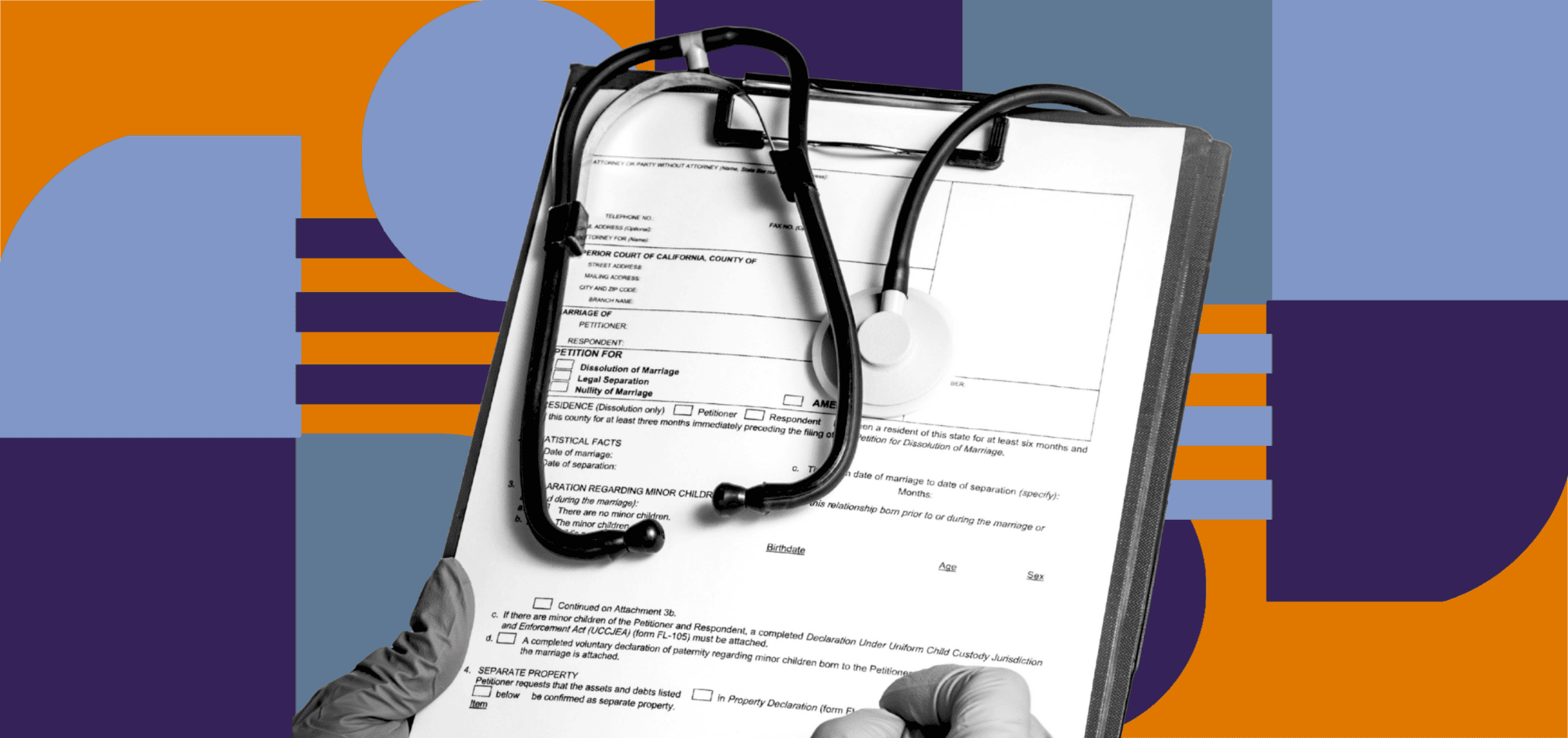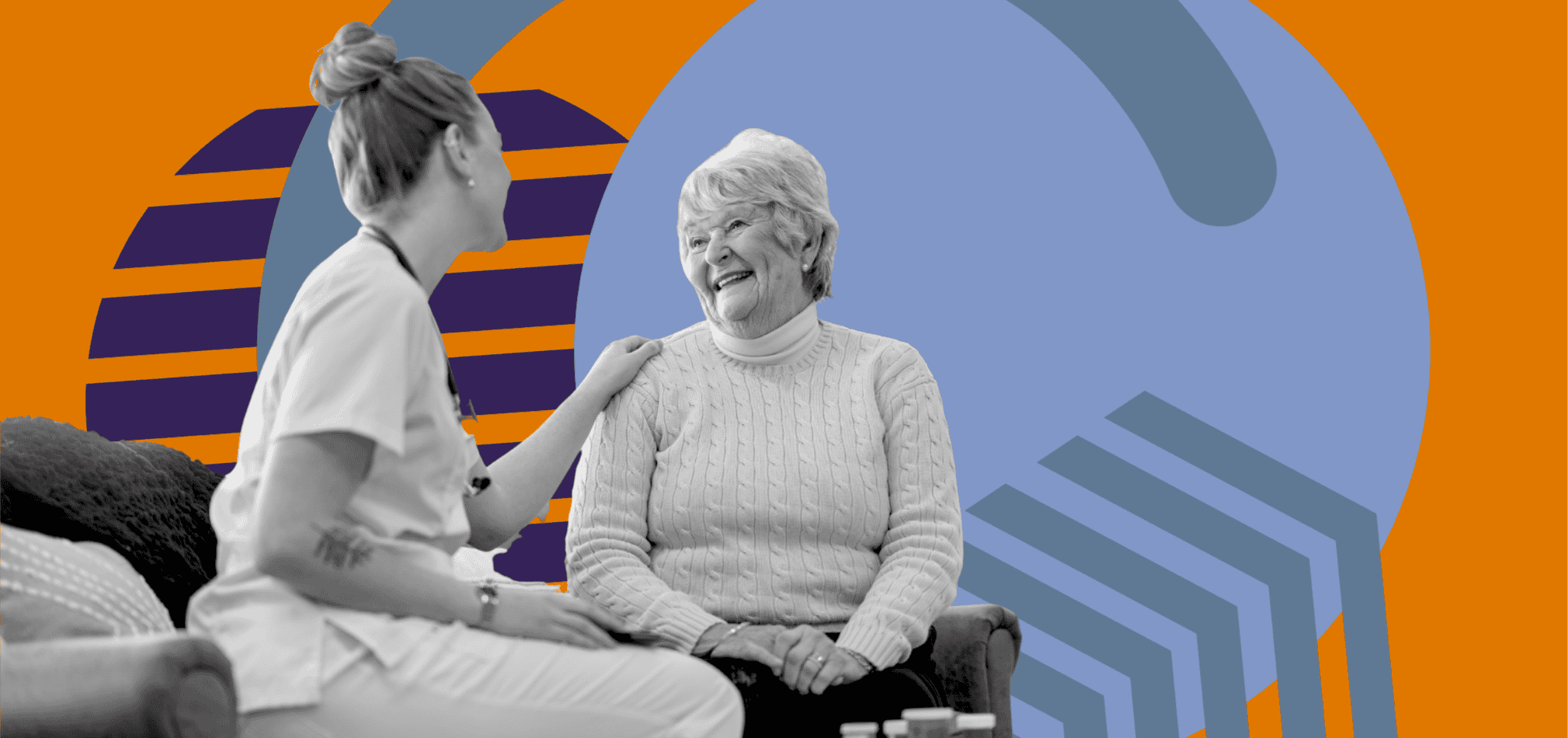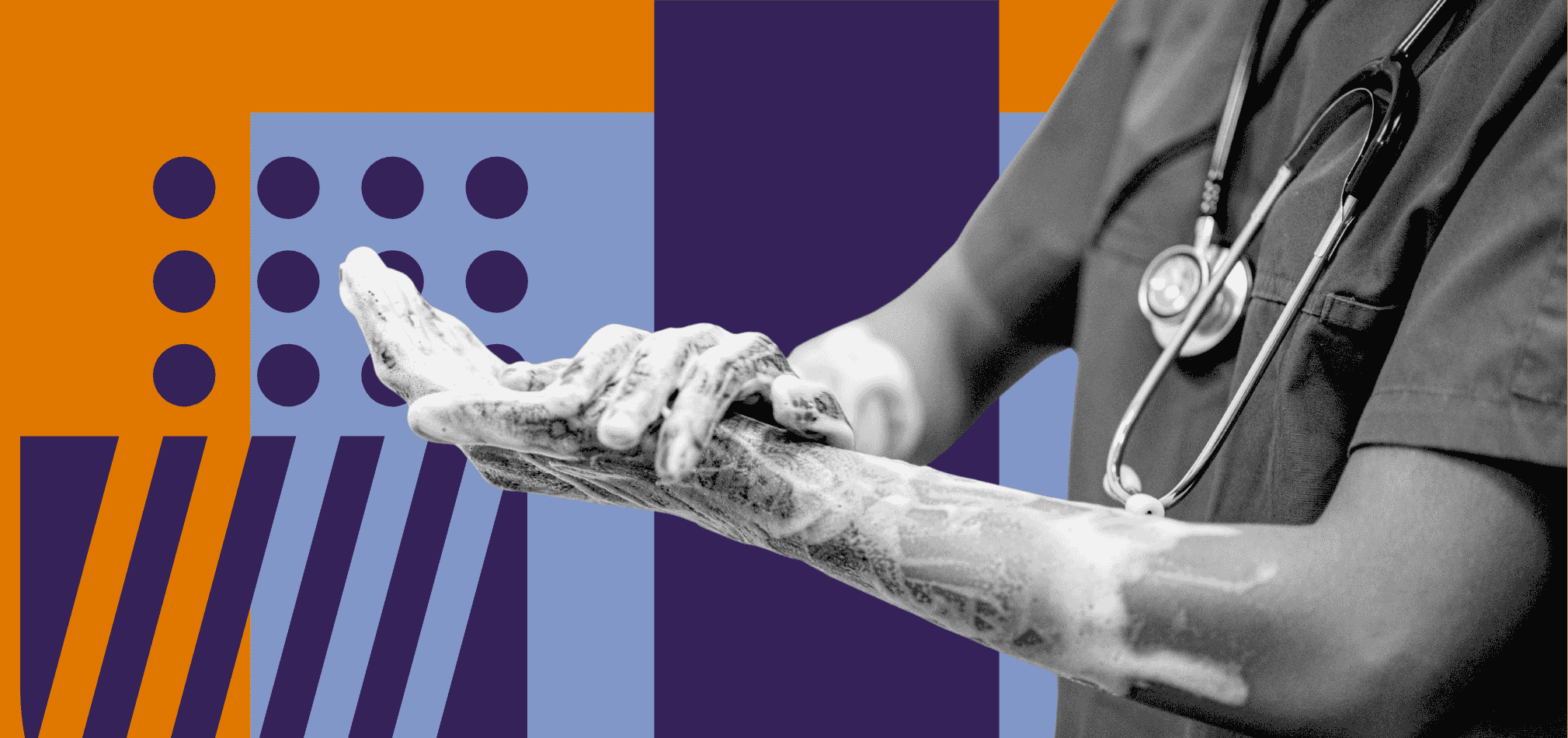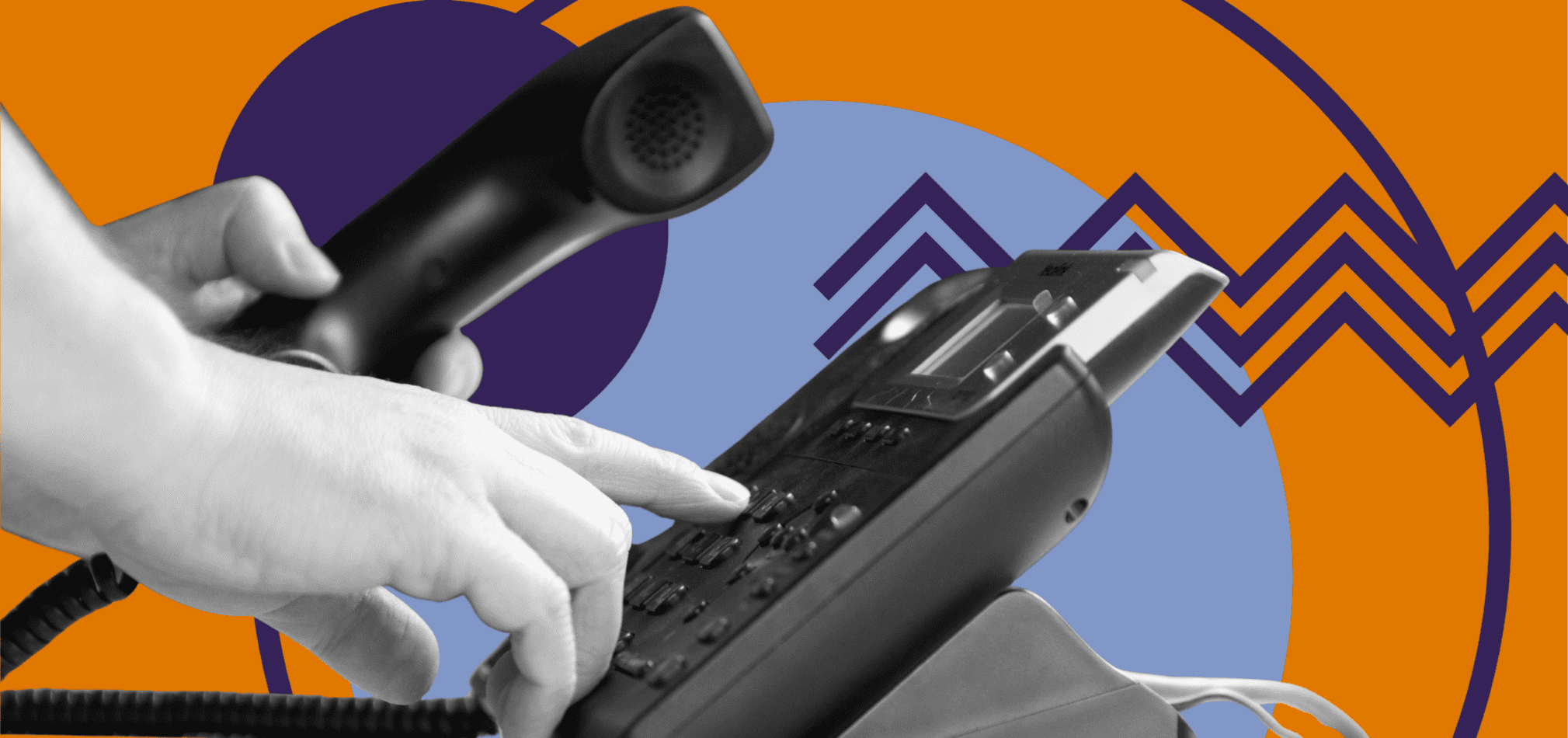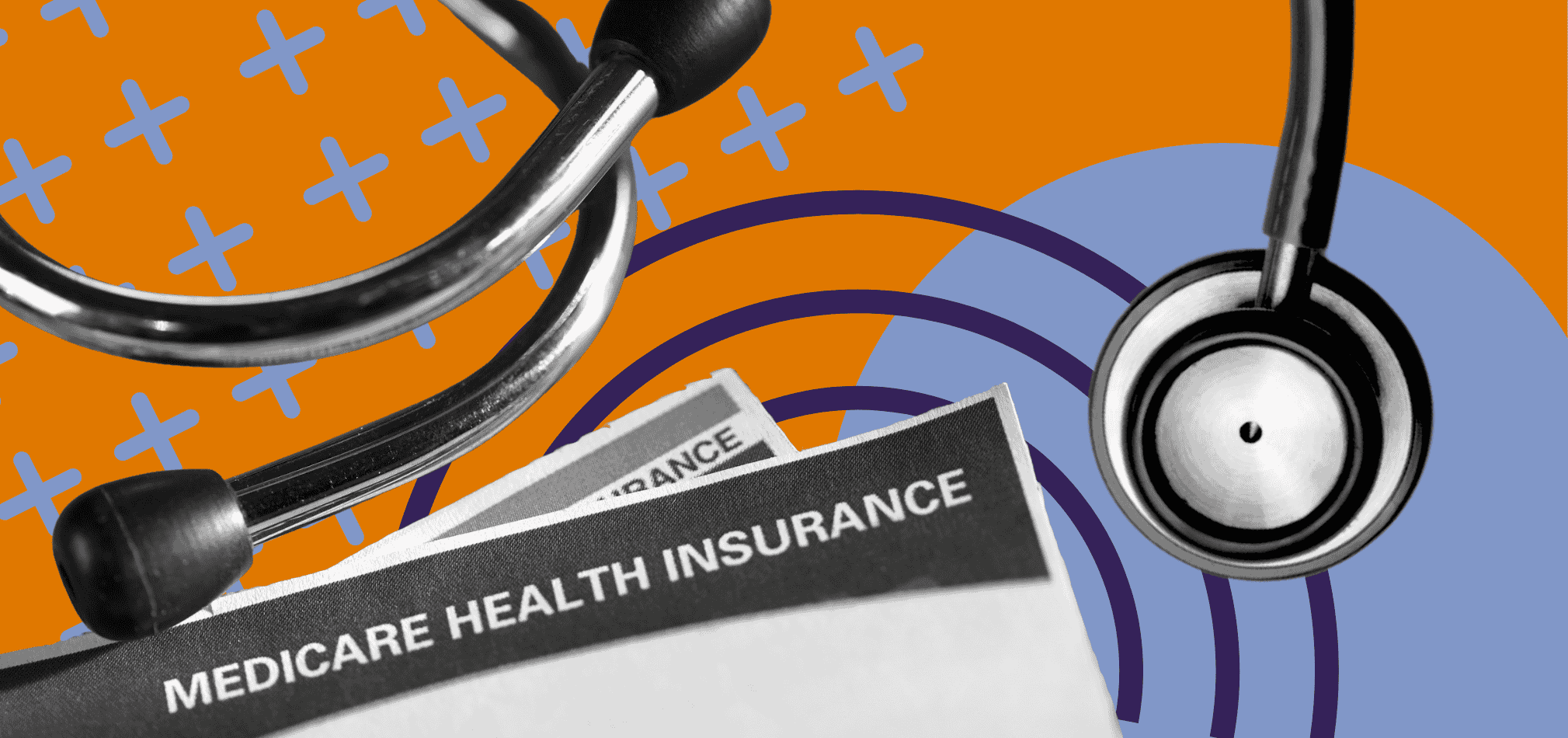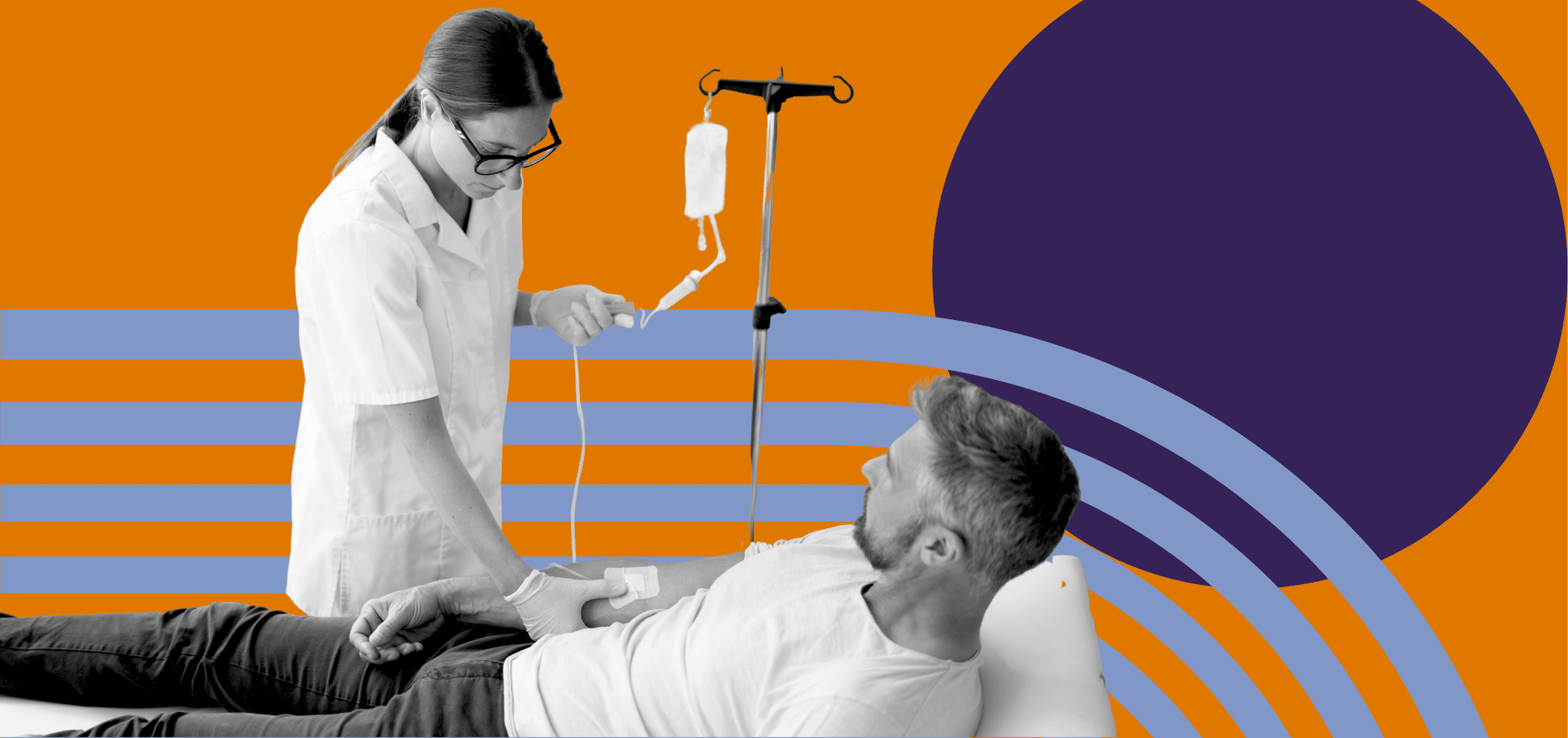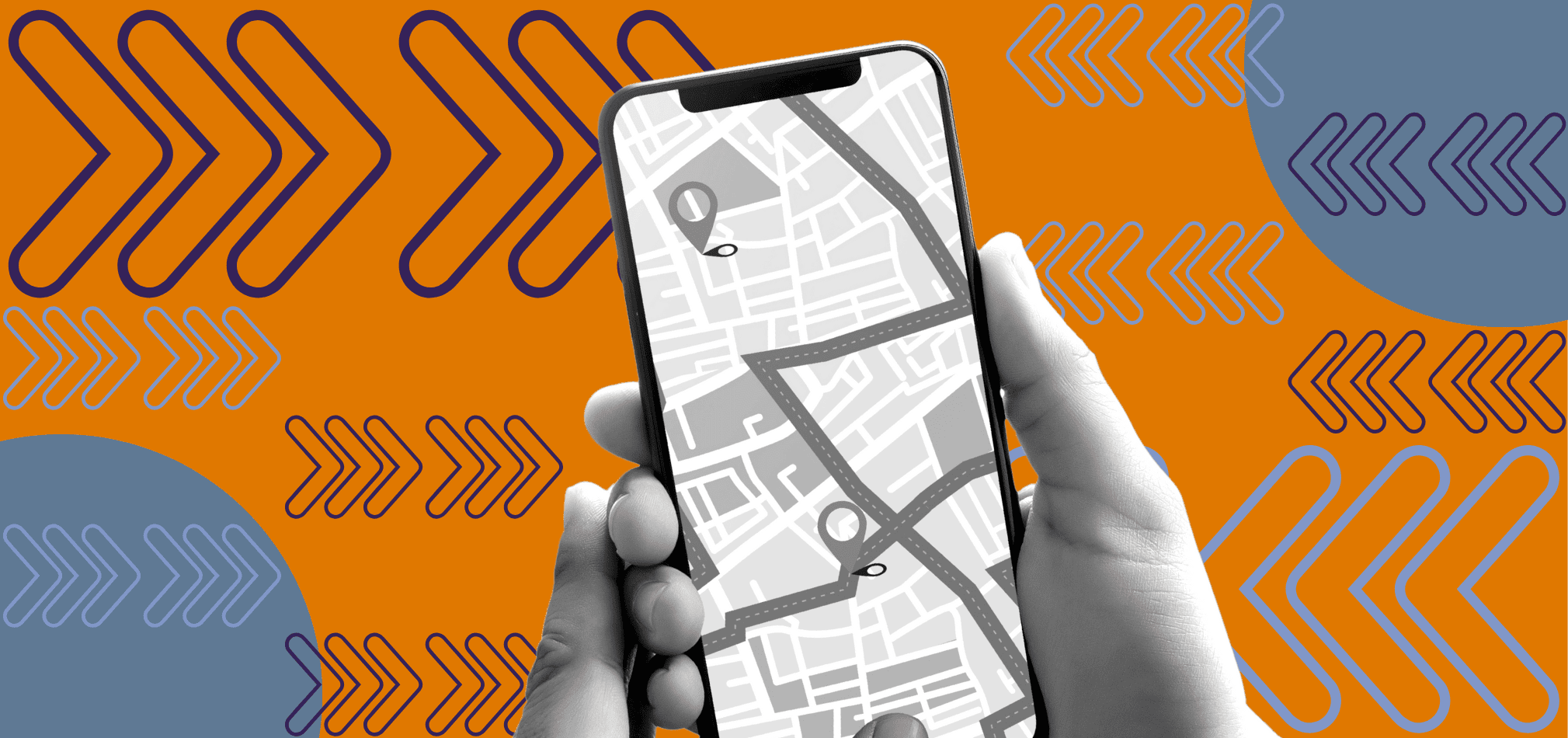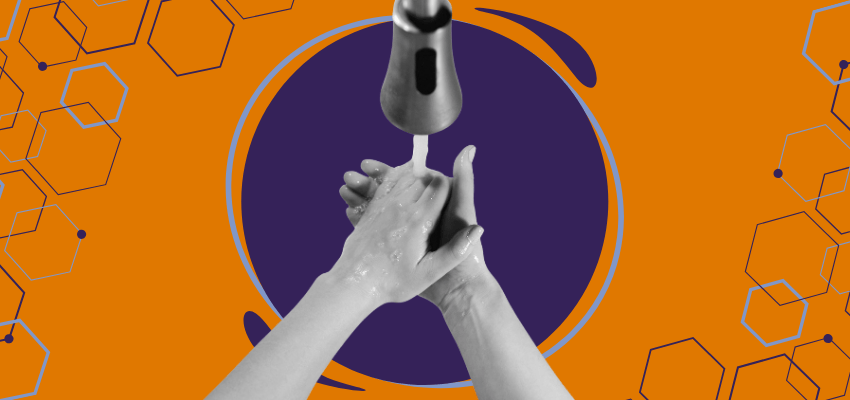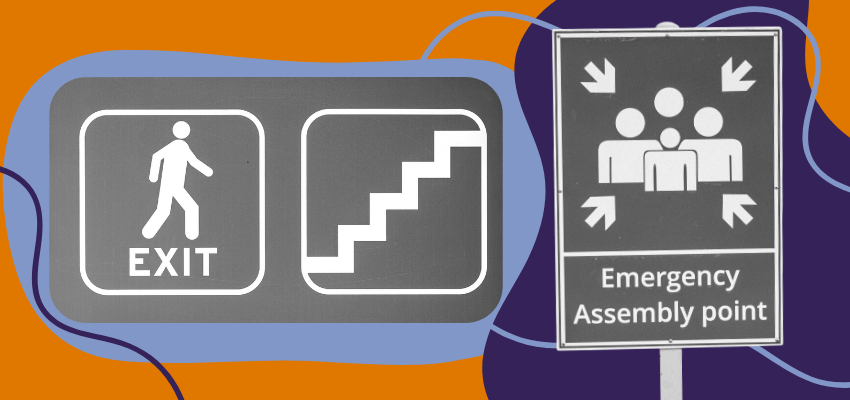What Are Sentinel or Adverse Events in Home Health & Hospice?
October 22nd, 2025
4 min read
By Abigail Karl

If you run a Medicare-certified home health or hospice agency, few things are more stressful than a serious incident under your care. This could be a fall with injury, a medication error, or an unexpected death. When these happen, the questions come fast:
“Do I have to report this?”
“Will this affect my survey or license?”
“What are the next steps?”
To make matters more confusing, CMS and accreditors like The Joint Commission, CHAP, and ACHC don’t always use the same language. Some call these situations sentinel events, others adverse events. Regardless of the terminology: the expectation is the same. Agencies must investigate, document, and act after a sentinel or adverse event through their QAPI program.
*This article was written in consultation with Mariam Treystman.
At The Home Health Consultant, we’ve helped hundreds of Medicare-certified agencies navigate post-event investigations, corrective action plans, and QAPI reviews that satisfy CMS and accreditor requirements.
In this article, you’ll learn how CMS defines and evaluates sentinel (or adverse) events, what your agency is required to do when one occurs, and how to document your response to protect both patients and compliance.
What Is a Sentinel/Adverse Event and How Do CMS & Accreditors Define It?
All regulatory bodies use the terms sentinel or adverse events to flag serious, unexpected occurrences requiring immediate review and system-level response. For example:
- The Joint Commission defines a sentinel event as “a patient safety event that reaches a patient and results in death, permanent harm, or severe temporary harm.”
- CMS defines an adverse patient event as any undesirable, unexpected occurrence related to the care or services provided that results in or has the potential to result in harm to a patient.
(Source: Centers for Medicare & Medicaid Services, “Quality Assurance and Performance Improvement (QAPI) in Home Health,” 42 CFR § 484.65)
- ACHC’s standards refer to “performance improvement activities must track adverse patient and personnel events, analyze their causes, and implement preventive actions.”
This indicates ACHC expects agencies to treat serious incidents as part of their adverse event tracking system.
- There was not a publicly available CHAP standard that explicitly defines “sentinel event” or “adverse event” in home health or hospice settings. However, CHAP QAPI standards require agencies to track, analyze, and prevent incidents that result in patient harm. This is essentially addressing the same expectation as ACHC and The Joint Commission, just without the direct wording.
How It All Works Together (and Why It Matters)
- Surveyors will test whether your agency’s QAPI program is robust enough to identify, analyze, and act on sentinel-level events
- Examples of sentinel events might include:
- Falls resulting in serious injury
- Medication errors with harm
- Unexpected deaths
*The Short Version:
All of the regulatory organizations use different terminology to refer to the same concept: incidents that result in patient harm.
Regardless of what they’re called, all CMS, ACHC, TJC, & CHAP regulations require these incidents to be internally investigated and managed within your QAPI program.
Does CMS Require Agencies to Report Sentinel or Adverse Events Externally?

No, CMS does not require agencies to submit a formal “sentinel event report” to the federal government.
*However CMS does require that these events be internally investigated and managed within your QAPI system.
Additional reporting obligations may apply if:
- You are accredited by The Joint Commission, which encourages voluntary reporting of sentinel events and requires a Root Cause Analysis (RCA) and corrective action plan.
- You are accredited by CHAP or ACHC, both of which require robust QAPI management of adverse events. (While both agencies use different terminology for sentinel/adverse events, the concept is the same: incidents that result in patient harm)
- The event involves abuse, neglect, or criminal activity, which triggers state-level mandatory reporting requirements.
In other words, if the issue does not involve abuse, neglect, or criminal activity, CMS wants to know how your agency responds and learns from the event, not about whether you submit a specific external report.
What Must a Home Health Agency Do After a Sentinel or Adverse Event?
When a sentinel event occurs in a home health setting, your response must be included in your agency’s QAPI program. When an issue is identified, the standards 42 CFR § 484.65 outline the steps your agency needs to take for the QAPI:
- Immediate safety actions: Stabilize the patient, notify the physician, and update the plan of care.
- Event classification: Determine severity and risk to other patients.
- Assign an investigation lead: Preserve evidence and interview staff.
- Conduct a Root Cause Analysis: Identify contributing human, process, or system factors.
- Develop a plan: Assign responsibility, deadlines, and measurable outcomes.
- Integrate findings into QAPI: Document the event and actions taken in your performance improvement program.
- Monitor effectiveness: Audit, re-measure, and adjust based on data.
Surveyors expect to see documentation showing that your investigation was timely, evidence-based, and closed-loop. This makes it clear your corrective actions were effective.
What Must a Hospice Agency Do After a Sentinel or Adverse Event?
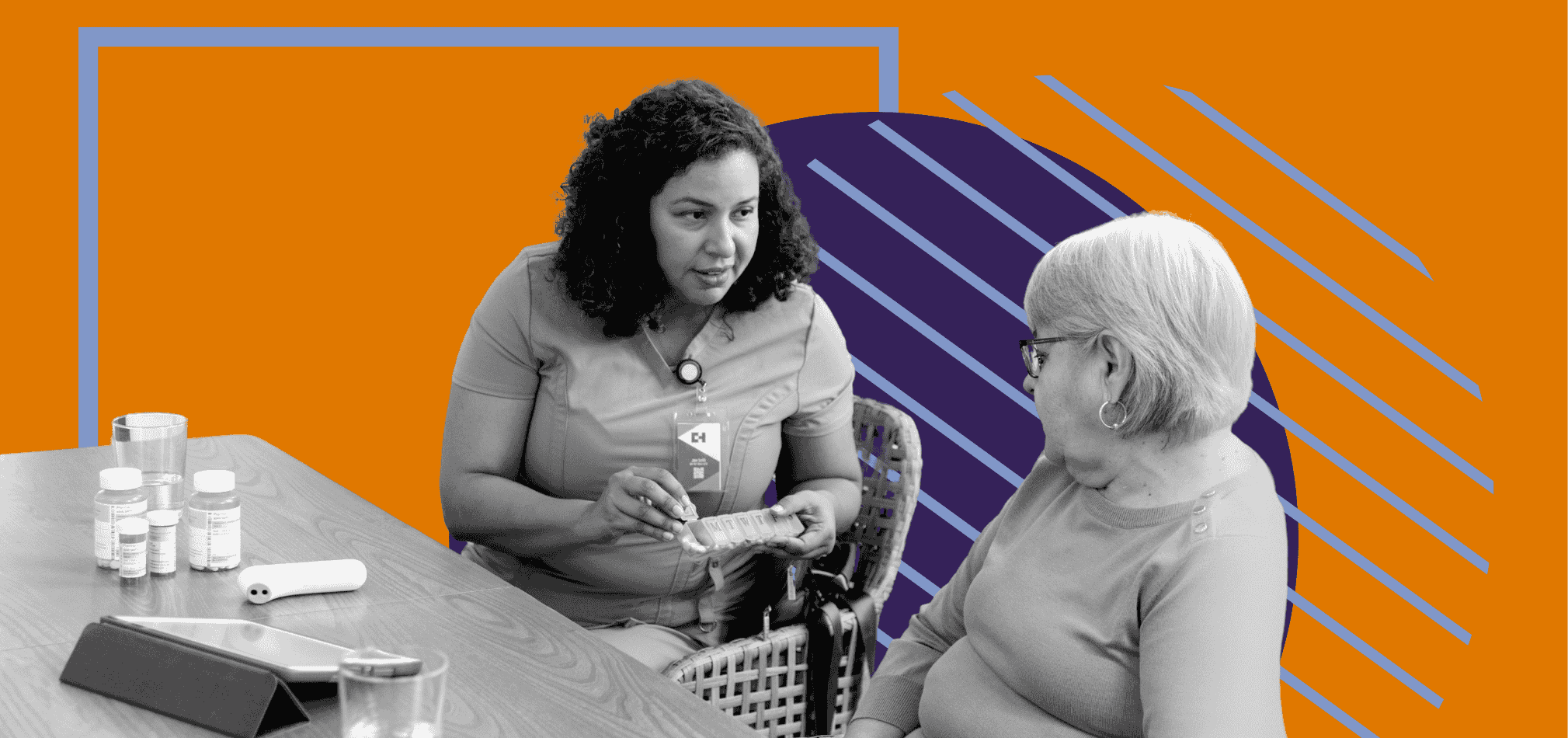
The expectations for how to incorporate sentinel events into QAPI are nearly identical between home health and hospice. In hospice, 42 CFR § 418.58 outlines:
- Immediate safety actions: Stabilize and support the patient/family, and revise the plan of care.
- Event investigation: Conduct a root cause analysis (RCA) and determine contributing causes.
- Corrective and preventive action: Implement changes, train staff, and update policies.
- Documentation: Record findings and actions in the QAPI program.
- Follow-up monitoring: Reassess data trends and ensure long-term improvement.
CMS directs surveyors to verify that hospice agencies identify sentinel events, analyze causes, and take corrective action through QAPI, with evidence of sustained improvement.
How Can Your Agency Put This Into Practice Right Now?
Sentinel and adverse events are among the most serious patient safety occurrences in home health and hospice.
Under the CoPs, your agency must:
- Identify,
- Investigate,
- And correct these events through QAPI.
You must do all of the above with documentation that proves the loop was closed.
If all of this sounds overwhelming, don’t worry. You’re not the first agency owner or staff member to feel this way, and you certainly won’t be the last. The good news: there are tools and services out there to help you.
In our Administrative Compliance Program, we cover adverse event prevention, response, QAPI management, and more. If you want a helping hand keeping your agency on track & want to know if we’re a good fit, schedule a call with us below.
*Disclaimer: The content provided in this article is not intended to be, nor should it be construed as, legal, financial, or professional advice. No consultant-client relationship is established by engaging with this content. You should seek the advice of a qualified attorney, financial advisor, or other professional regarding any legal or business matters. The consultant assumes no liability for any actions taken based on the information provided.
Topics:





